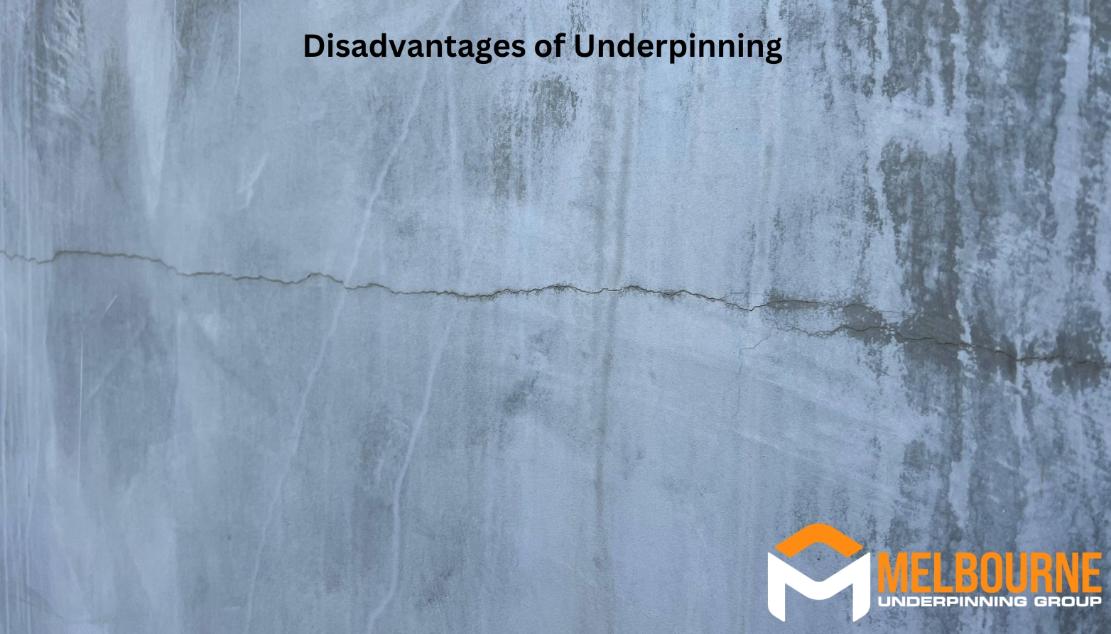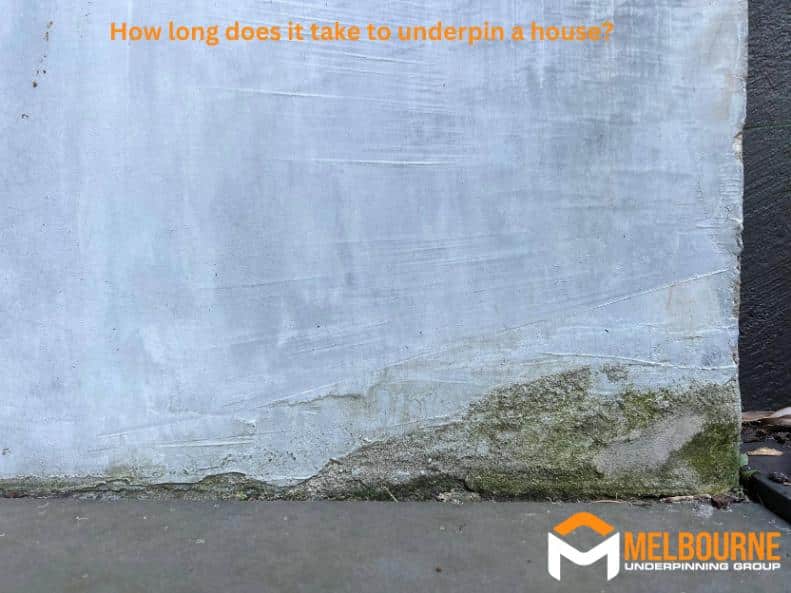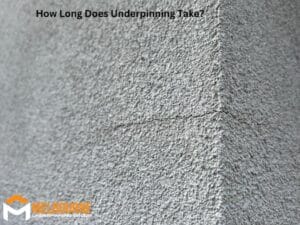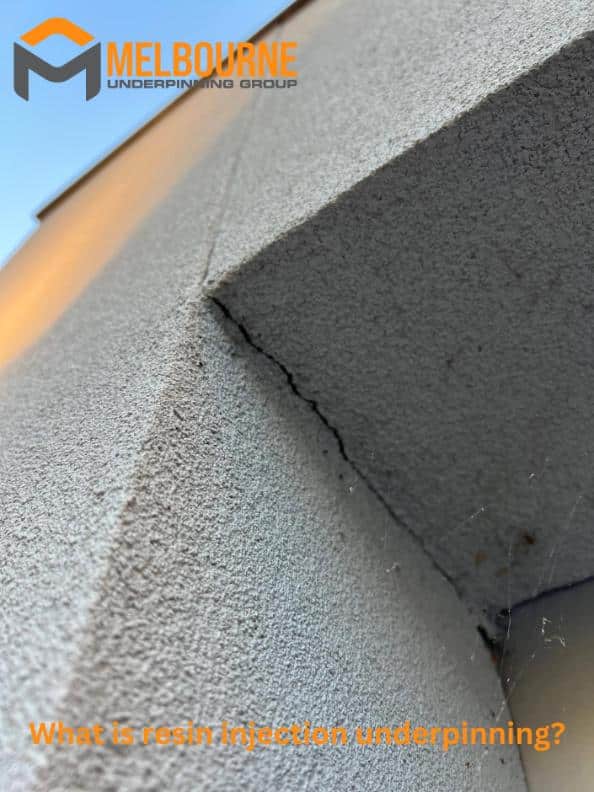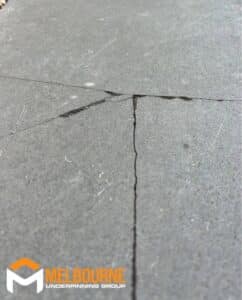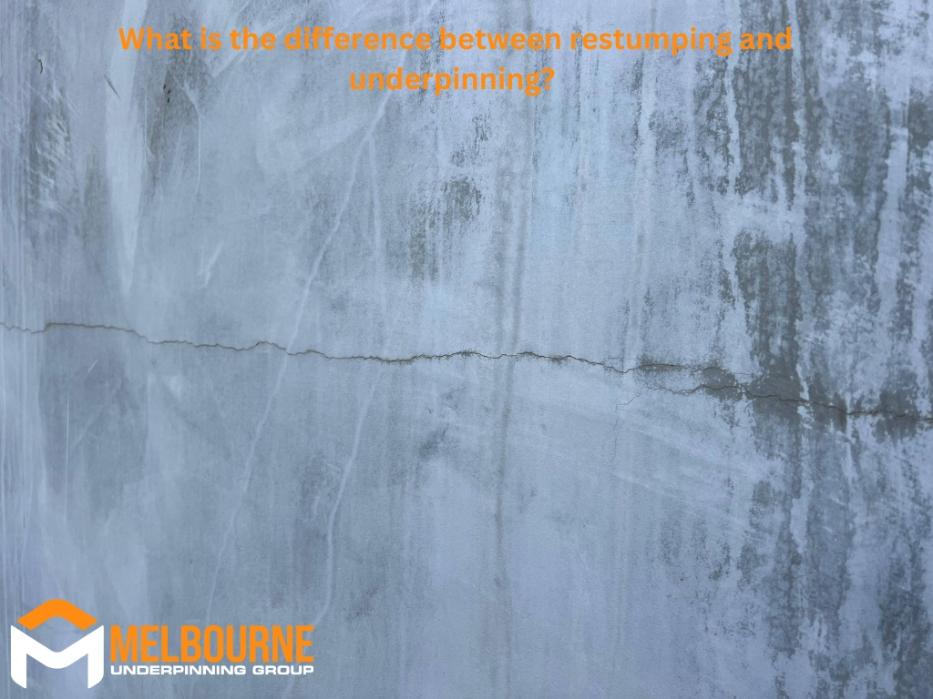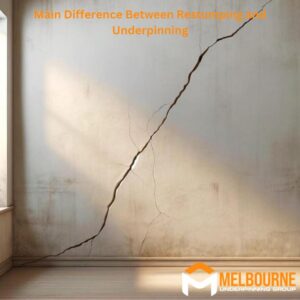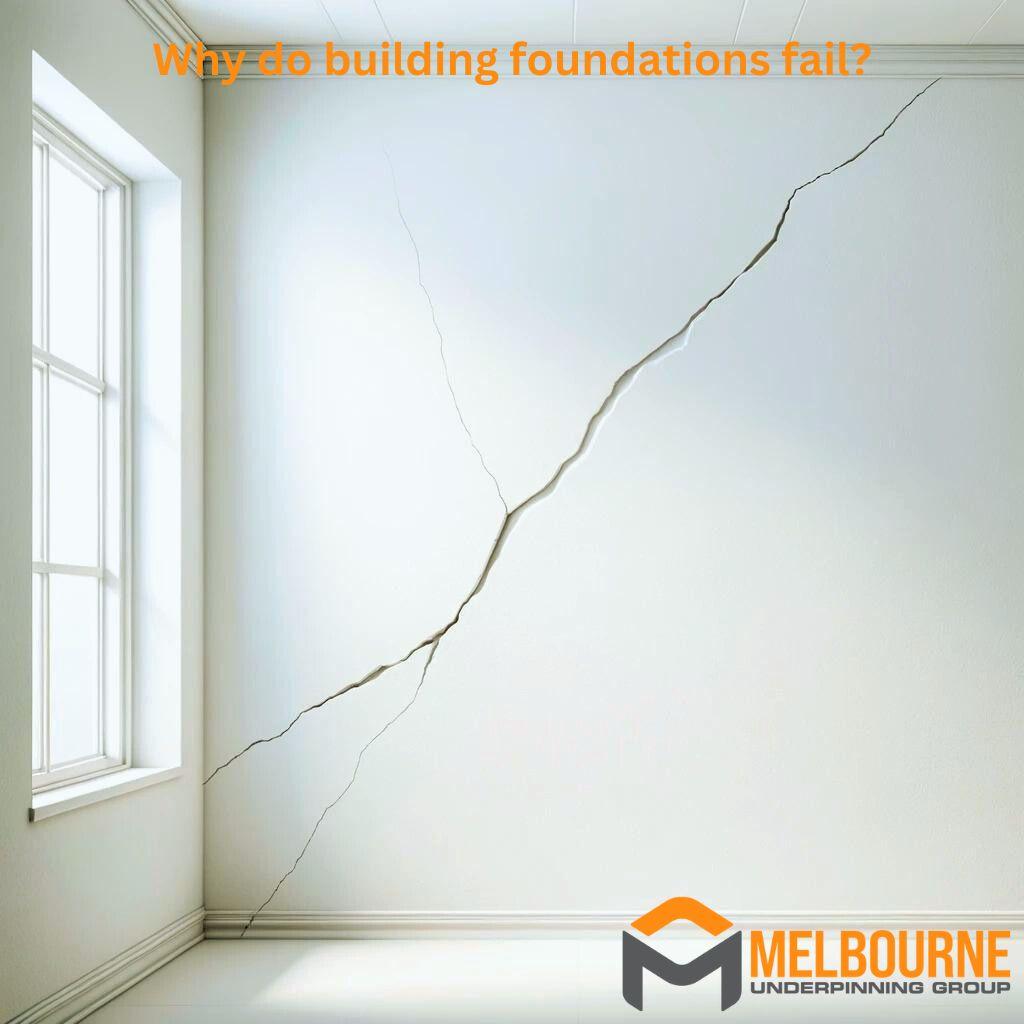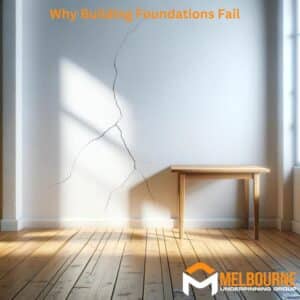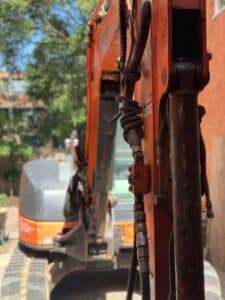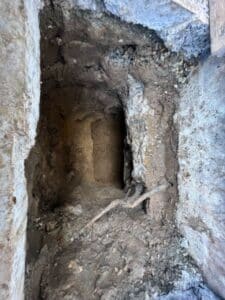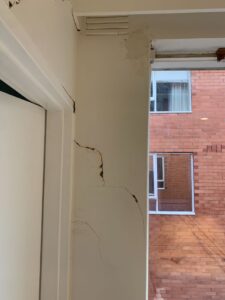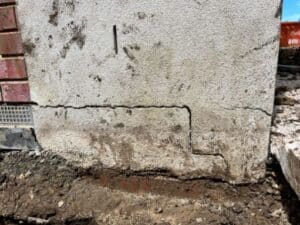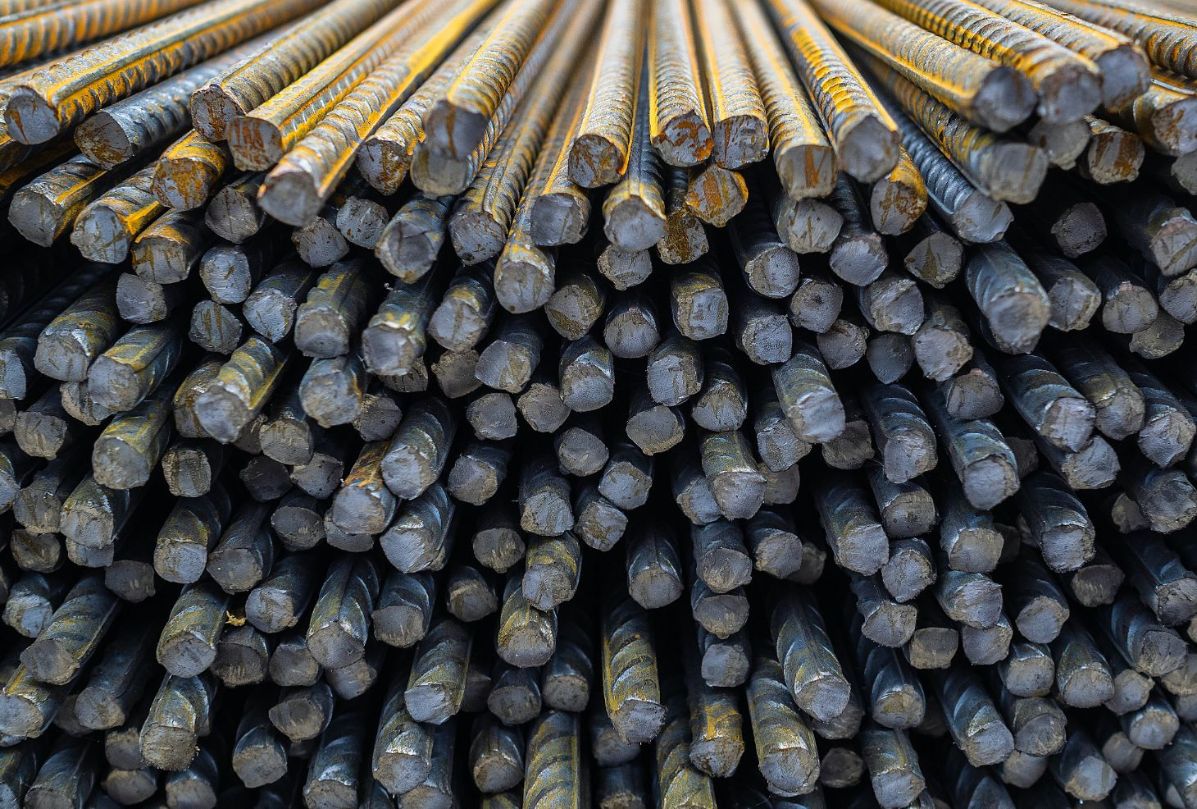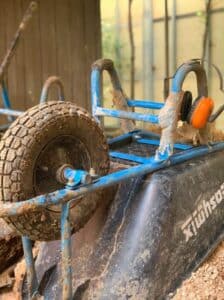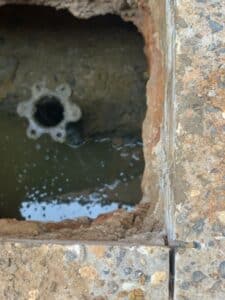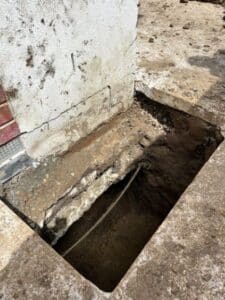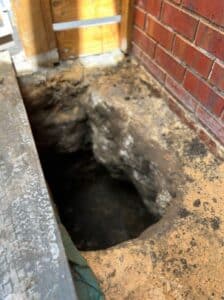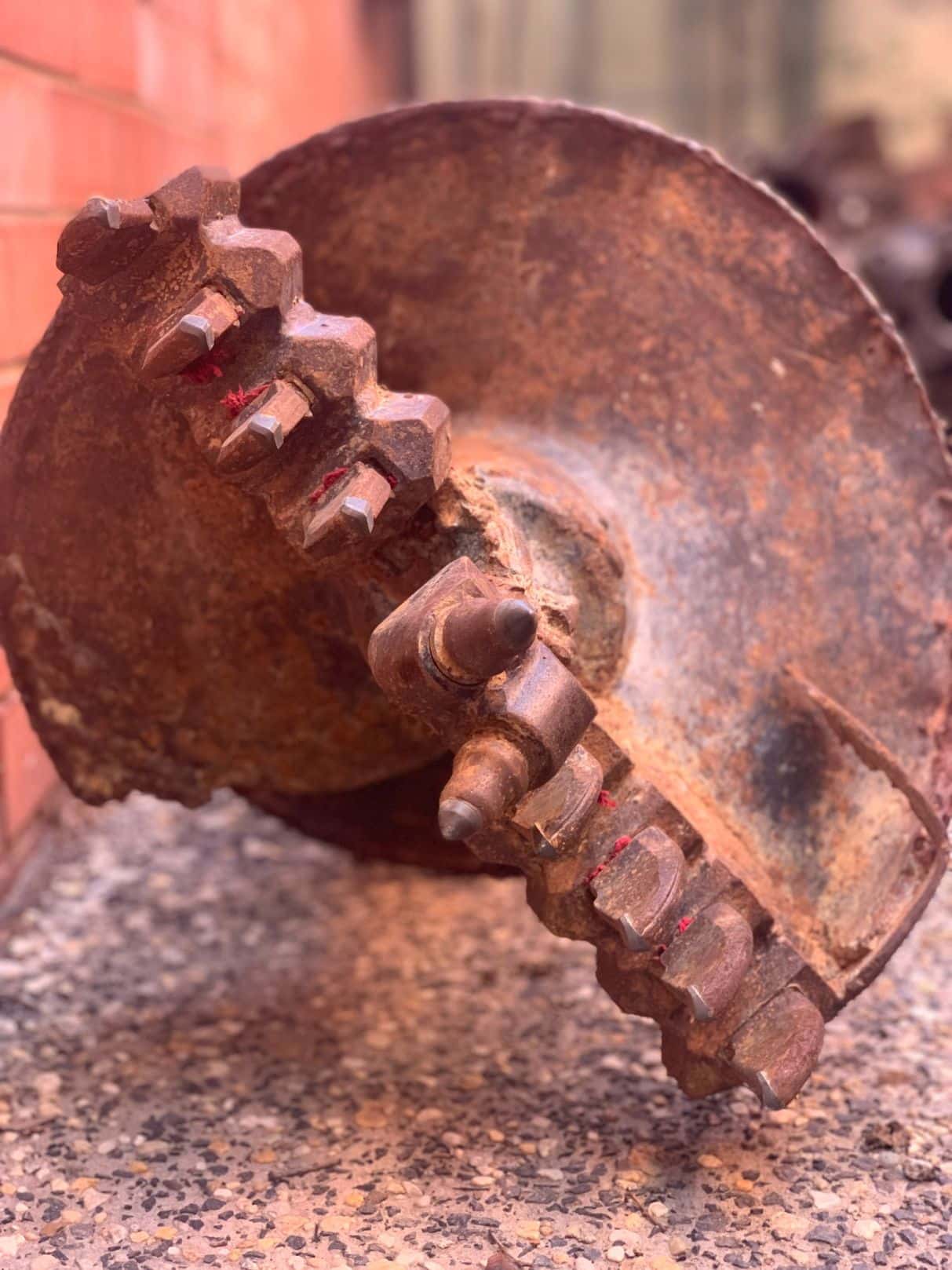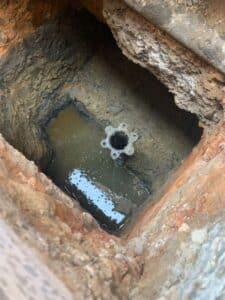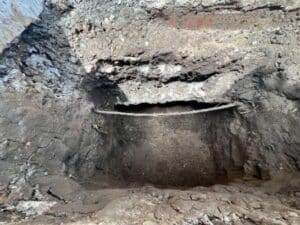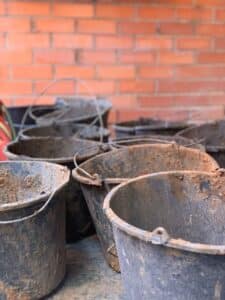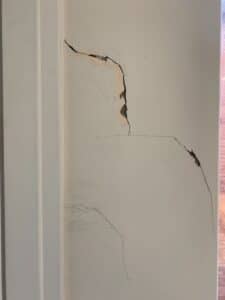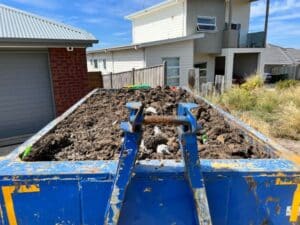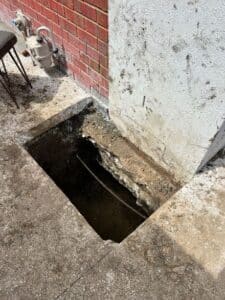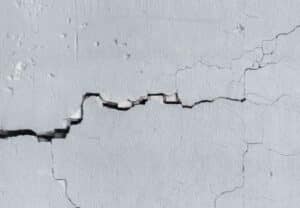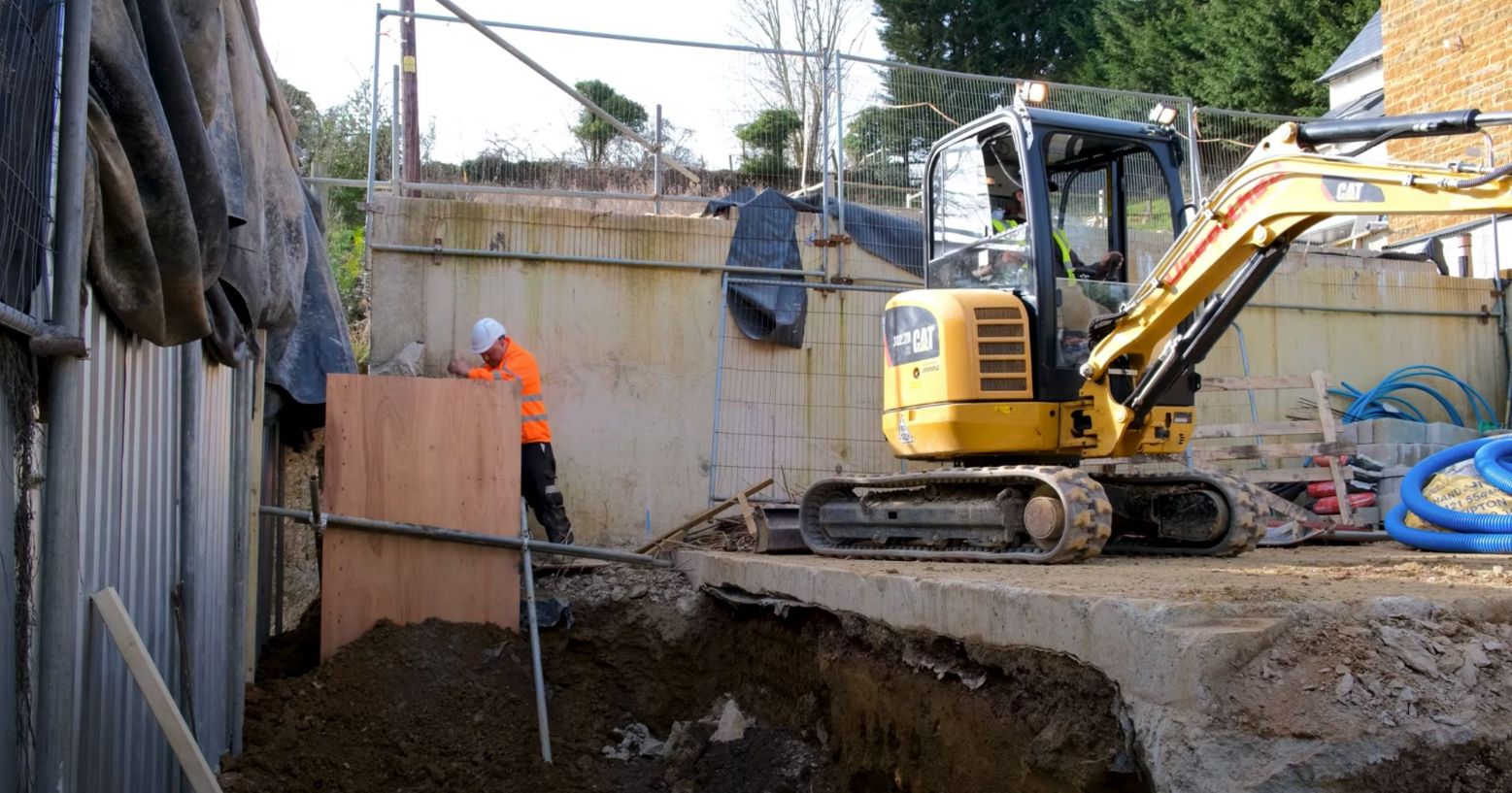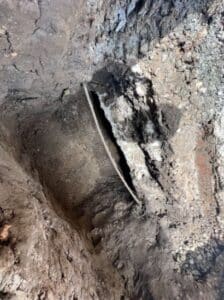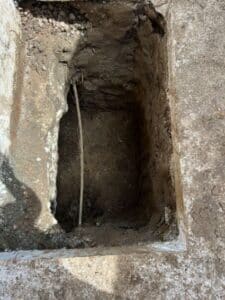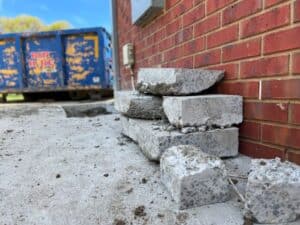Underpinning, commonly used in construction, involves strengthening and stabilising the foundation of an existing building or structure. While it is often a go-to solution for many structural issues, house underpinning comes with its own set of pros and cons. From enhancing the foundation strength of a building to potentially being a costly process, it’s crucial for professionals in construction and homeowners alike to consider these factors carefully. In this article, we’ll discuss the 5 main advantages and disadvantages of traditional underpinning.
5 Main Advantages of Traditional Underpinning
These are the 5 main advantages of traditional underpinning:
- Enhanced foundation strength: Traditional underpinning strengthens the existing foundation, enhancing the overall stability of the building. This method ensures that the building is more secure and can withstand various external pressures and changes in soil structure.
- Customisation: Traditional underpinning allows for a tailored approach based on the specific needs and conditions of the building’s foundation. The method can be adapted to address unique structural challenges, ensuring that the underpinning effectively stabilises the building.
- Improved property value: By rectifying foundation issues and improving structural integrity, traditional underpinning can enhance the property’s value. Potential buyers are more interested in a property with a solid, well-maintained foundation, ensuring a good return on investment.
- Long-term solution: Traditional underpinning offers a durable and long-lasting solution to foundation problems. It provides long-term stability, helping to prevent future structural issues and reducing the likelihood of requiring further underpinning.
- Building longevity: Implementing traditional underpinning techniques aids in prolonging the lifespan of a building. It helps in managing and mitigating the risks associated with foundation settlement, ensuring the building remains sturdy and intact over time.
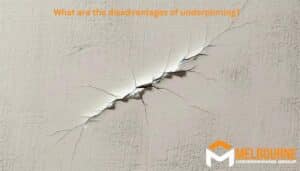
5 Main Disadvantages of Concrete Underpinning
The following are the 5 main disadvantages of concrete underpinning:
- Can be costly: Concrete underpinning can be quite costly due to the materials and labour involved. The extensive excavation and additional processes also contribute to the overall expense, making it a significant investment.
- Limited flexibility: Once concrete underpinning is installed, making changes or adjustments can be incredibly challenging. This lack of flexibility can be limiting if unforeseen issues or adjustments arise after the underpinning process.
- Extended time frame: Sometimes unexpected obstacles such as underground services may be encountered. These unforeseen issues can affect how long underpinning takes can have an affect on the project timeline as other other construction or renovation activities may be delayed.
- Impact on property surroundings: The excavation and construction processes involved in concrete underpinning can have a significant impact on the property’s landscape and surrounding areas. This may result in temporary disruptions and require restoration efforts post-completion.
- Expertise requirements: Concrete underpinning demands a high level of expertise and precision for successful implementation. Hiring experienced professionals is essential, but it may limit the availability of qualified contractors for the job.
In our article, we’ve outlined the significant benefits of traditional underpinning, including its role in bolstering foundation strength and property value, as well as ensuring long-term building stability. Though it does come with its own challenges, such as the cost. We hope this article has been informative and helpful.

